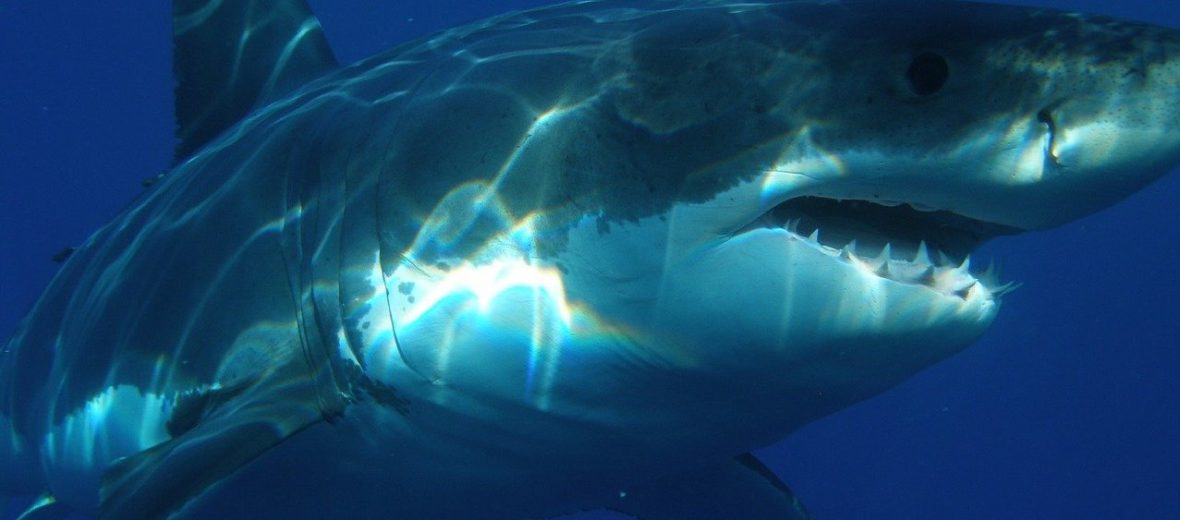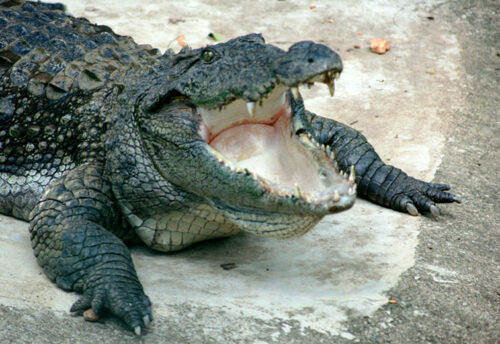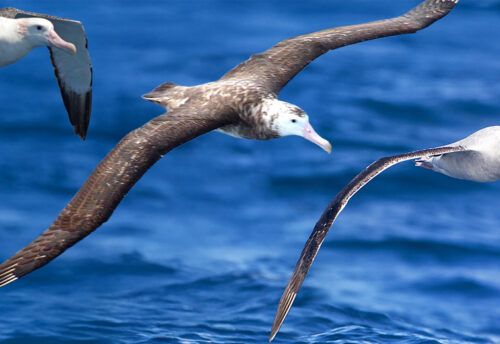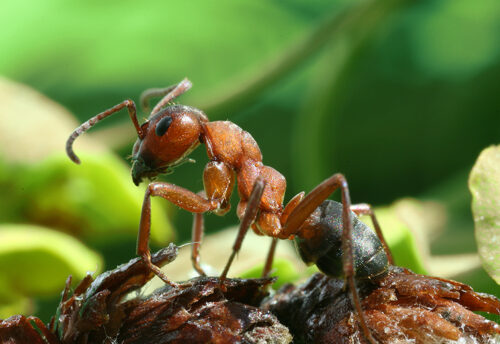
Ever see the movie Jaws? That great white shark movie was a blockbuster hit that scared many out of going swimming at the beach… any beach, for that matter. It was, of course, blown totally out of proportion to how great white sharks actually behave. Yes, they are very formidable, fierce, and powerful. They also deserve to be respected, but they aren’t that common to come across, unless you’re in the right locale.
First the Stats…
Scientific name: Carcharodon carcharias
Weight: Up to 2,400 lbs.
Length: Up to 21 feet
Lifespan: Up to 70+ years
Now on to the Facts!
1.) Great white fossil records date back to earlier than 400 million years!
2.) The great whites have such keen senses that they can small a drop of blood in 26 gallons of water. They can also detect seal colonies 2 miles away and even pick up on the electromagnetic fields produced by their prey.
3.) Being general loners, there is a certain hierarchy that is typically established via biting.
4.) Typically a human bite is only encountered as a result of what is called a “test bite”. The shark will bite a human leg, arm, or body to see if they are their usual prey item. They get a taste of a preservative-filled human and often times swim away. However, a test bite can be pretty severe and can cause the victim to bleed out.
5.) These massive guppies can dive to depths of around 820 feet.
But wait, there’s more on the great white shark!
6.) Listed as vulnerable by the IUCN, these sharks are declining due to human interaction. Primarily as bycatch (being caught in fishing nets and killed) and finning (the horrible practice of catching sharks, cutting off their tails and fins, then throwing them back into the water).
7.) A shark’s tongue is called a basihyal and is totally useless.
Did you know…?
It has been recently discovered that orcas (killer whales) will hunt great whites for their livers. They take turns body slamming the shark and flipping it upside down, rendering it defenseless. Then they go in for the kill and eat its liver.
8.) A great white has 300 teeth at a time. When a tooth is lost a new one takes its place. They go through about 1,000 teeth in their lifetime!
9.) These sharks don’t chew their food. Instead, they tear off hunks of flesh and swallow the smaller pieces whole.
10.) Due to the fat content, carbs, and proteins in sea lions, if a white shark eats 1, the shark won’t have to eat again for another 3 months.
But wait, there’s even more on the great white shark!
11.) They can swim up to 15 mph, with attack bursts of even faster.
12.) So far, to date, no one has been able to keep a great white alive in an aquarium environment.
13.) Once they spot a target, they use a large burst of speed to slam into their prey from below, launching it into the air, stunning it. Once the prey item is stunned, they circle in for the kill.
14.) Their primary prey are seals, sea lions, penguins, and fish. No, humans aren’t on the menu.
15.) After mating, female whites develop several eggs which hatch in her womb. While growing in her womb, newly-hatched shark pups feed on unfertilized eggs. Not exactly brethren love.
16.) The mother gives birth to 2 – 10 pups that measure up to 5 feet long. They are born precocial (totally self sufficient) and mom has no concerns for their upbringing. Thanks for nothing, mom!
Now a Short Great White Shark Video!
Want to suggest a critter for me to write about? Let me know here.



